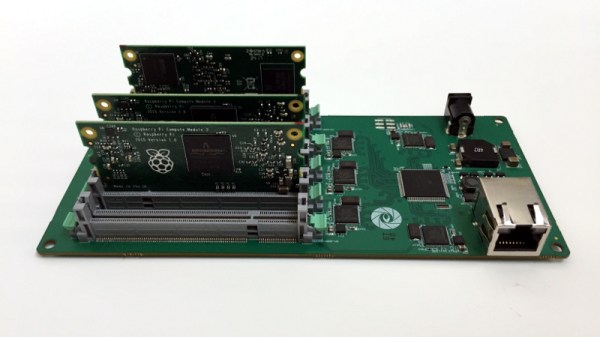A little while back, we were talking about utilizing compiler warnings as first step to make our C code less error-prone and increase its general stability and quality. We know now that the C compiler itself can help us here, but we also saw that there’s a limit to it. While it warns us about the most obvious mistakes and suspicious code constructs, it will leave us hanging when things get a bit more complex.
But once again, that doesn’t mean compiler warnings are useless, we simply need to see them for what they are: a first step. So today we are going to take the next step, and have a look at some other common static code analysis tools that can give us more insight about our code.
You may think that voluntarily choosing C as primary language in this day and age might seem nostalgic or anachronistic, but preach and oxidate all you want: C won’t be going anywhere. So let’s make use of the tools we have available that help us write better code, and to defy the pitfalls C is infamous for. And the general concept of static code analysis is universal. After all, many times a bug or other issue isn’t necessarily caused by the language, but rather some general flaw in the code’s logic.
Continue reading “Warnings On Steroids – Static Code Analysis Tools”





















